Features of growing rye as a siderat
Features of rye as a green fertilizer
Of all the crops sown for the subsequent incorporation of the vegetative mass, rye is one of the most suitable. It is characterized by the following features:
- This is one of the most competitive representatives of the Cereal family. The powerful aboveground part manages to quickly form and occupy space, oppressing unwanted vegetation.
- Rye suffers less from diseases and pests, and using it on the site where mainly vegetables are planted reduces the likelihood of damage and accumulation of infection to a minimum.
- She is a great predecessor. After it, you can safely plant potatoes, pumpkin, tomatoes, etc.
- This culture is characterized by high winter hardiness, which allows it to be sown in the fall and to obtain a dense stem by the time of planting the main plants.
- A powerful root system, in addition to structuring the soil, can cause a lot of hassle when incorporating green fertilizer. Therefore, try to avoid over-thickening.
The relation of rye to growing conditions
Among cereals, winter rye occupies a leading position in winter hardiness. This makes it possible to use it even in severe winters, where, for example, wheat can freeze out. It is completely unpretentious to the soil, easily tolerates the lack of mineral nutrients and can be sown on drained bogs, recently uprooted lands. This is the best option when developing a new site, because rye also quickly clears the area of weeds.
The drought resistance of this culture is also ahead of other representatives of the same family, it manages to use the moisture accumulated in winter and spring. Early resumption of vegetation only contributes to this. The soil structure has little effect on rye, because It loosens its heavy types, and strengthens the lungs, which creates protection against all types of erosion. However, on clay soils, oppression of plants can be observed due to poor water and air permeability.
The best acidity for winter rye is a slightly acidic, close to neutral reaction of the medium, however, it also tolerates weak salinity. Despite the unpretentiousness of this crop, on very poor lands it is worth adding a small amount of mineral fertilizers, because this will improve the effect of growing green manure. Moreover, all the elements of nutrition taken out during development will return back in more accessible forms.
When to plant rye as a siderat
The amount of organic matter introduced with the vegetative mass directly depends on the timing of sowing green manure. It is necessary to take into account the moment of planting the main crop, because after planting the fertilizer, approximately 2 weeks should pass before it can start to decompose. Depending on the specific growing conditions, sowing winter rye can be done in autumn after harvest or in early spring, if you are sure that it will have enough time to grow.
It should also be borne in mind that this is a long day culture, i.e. if in the autumn there is a lack of light, the tillering node in plants is laid too close to the soil surface, which significantly reduces its winter hardiness. If autumn is too warm and prolonged, then the shoots will have time to outgrow, which also negatively affects their endurance. In this case, a variant of the autumn planting of the vegetative mass is possible, so that it has time to decompose by the spring.
Seeds are distributed either by a scatter method over the soil surface with subsequent embedding, or into grooves made with a row spacing of up to 15 cm.this will provoke the emergence of annual weeds and reduce their number in the soil. It is recommended to use the material obtained from the last year's harvest as seeds. freshly harvested grain may not have time to pass the ripening period and not rise.
The seeding rate is on average up to 35 g / m2; when distributing the seed into the furrows, it is recommended to reduce it to 25 g / m2. The planting depth should be oriented towards the wet layer, usually up to 7 cm, with greater depth, it will be more difficult for seedlings to reach the surface, and if the level is insufficient, the seeds may end up in a dry soil layer due to the rapid evaporation of moisture.
The optimal time for mowing green mass is when it reaches a height of up to 30 cm. at this moment, the organs are still young and they have accumulated a large number of nutrients. The older the rye gets, the rougher the straw, which means the longer the decomposition period of the fertilizer. If the culture begins to outgrow, it can be mowed and left on the surface, and the site can be dug up later, when new shoots have time to grow.
Rye is an excellent crop for green manure. Due to its peculiarities, it can be grown in most regions of the country. And unpretentiousness to the conditions allows you to get an excellent harvest every year even on the poorest soils.
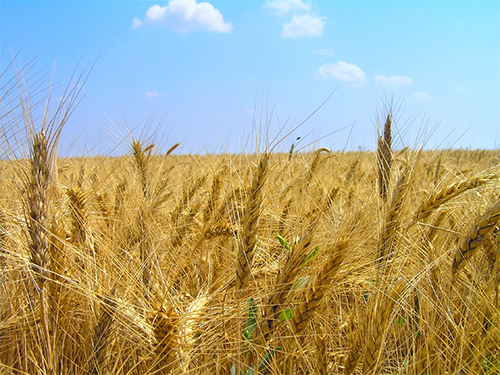
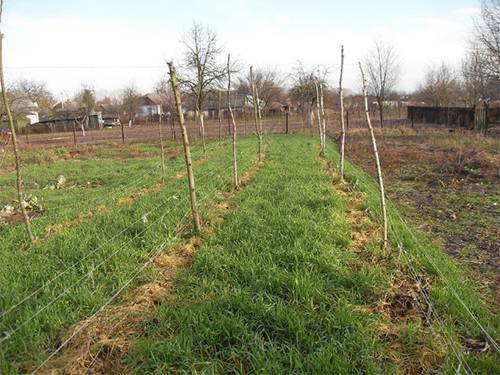
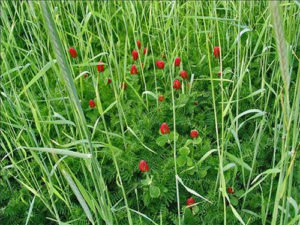
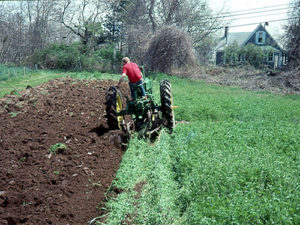
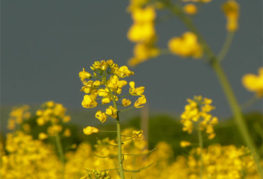
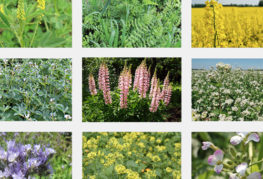
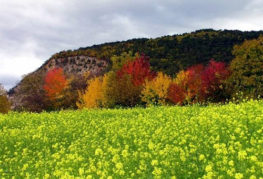
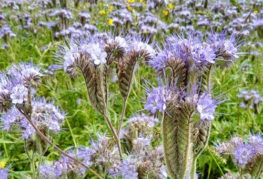
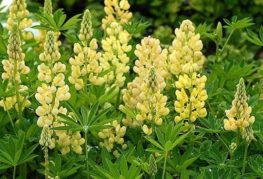
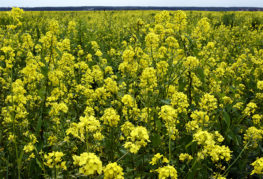
And where to get it, rye?
there are people in the bazaars who sell both rye and wheat for feeding the farm, I personally take from them - I buy three buckets and I have enough for 11 acres of a vegetable garden
rye seeds are sold by weight in Seeds stores, and they are available in organic farming stores all year round.